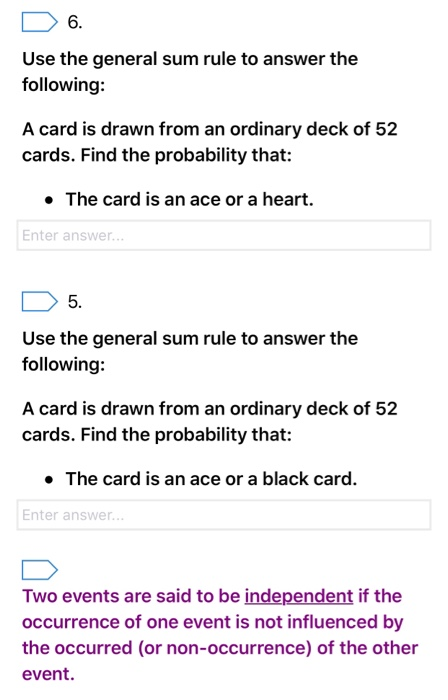


A line drawing of the Internet Archive headquarters building façade. Due to a planned power outage on Friday, 1/14, between 8am-1pm PST, some services may be impacted. The group in question was initially obtained as a maximal. Note that for larger values of $n$ the same argument shows that $h(X) = \log(n+1)$. The first author has associated in a natural way a profinite group to each irreducible subshift. Each of these measures gives positive measure to every open set in $X$, and each is of positive entropy - indeed, each is Bernoulli, which is part of what makes this answer so satisfying to me. the constant sequences belong to the subshift generated by the given biinfinite sequence. A cellular automaton (CA) is a parallel synchronous computing model, which consists in a juxtaposition of finite automata (cells) whose state evolves according to that of their neighbors.
#Subshift disjoint from a given subshift full#
One can show that every shift-invariant measure has $\mu(B_- \cup B_+) = 1$ by partitioning the complement into a countable collection of disjoint sets indexed by the location of the first/last left/right bracket with no partner.ĭefine a map $\pi_+\colon B_+ \to \$, where $\nu$ is the $(\frac 13, \frac 13, \frac 13)$-Bernoulli measure on the full 3-shift. A class of tridiagonal operators associated to some subshifts. Sticking with $n=2$, let $B_-\subset X$ be the set of all sequences in which every left bracket has a corresponding right bracket, and $B_+$ be the set of all sequences in which every right bracket has a corresponding left bracket. So for example, ( ) is a legal word, as is ( ( ( ) [, but ( [ [ ) is illegal because the ( bracket cannot be closed before the [ brackets are.

The shift space $X$ comprises all sequences on these symbols in which the brackets are "opened and closed in the right order". So with $n=2$ we can write the four symbols as ( ). LACROIX X: X Z.Then there exists a subshift (Y,S) and a following commutative diagram X Y X&.Y Z where is a Borel isomorphismand Y provides an almost 1-1 extension. Factorising G in a suitable way we obtain the graph G/ that offers insight into some properties of the original subshift. Every sofic subshift can be described by a labelled graph G. The alphabet of the shift is a collection of $2n$ symbols that come in $n$ pairs each pair has a left element and a right element. The paper gives a characterisation of the chain relation of a sofic subshift. The example is the Dyck shift, which is easiest to understand in terms of brackets. The paper is by Wolfgang Krieger: On the uniqueness of the equilibrium state, Mathematical Systems Theory 8 (2), 1974, p. Poking through the DGS book mentioned in Ian's answer I came along a reference to a paper that turns out to be exactly what I wanted when I asked this question originally, so I'll post it here for the sake of closure and because it's a nice example.


 0 kommentar(er)
0 kommentar(er)
